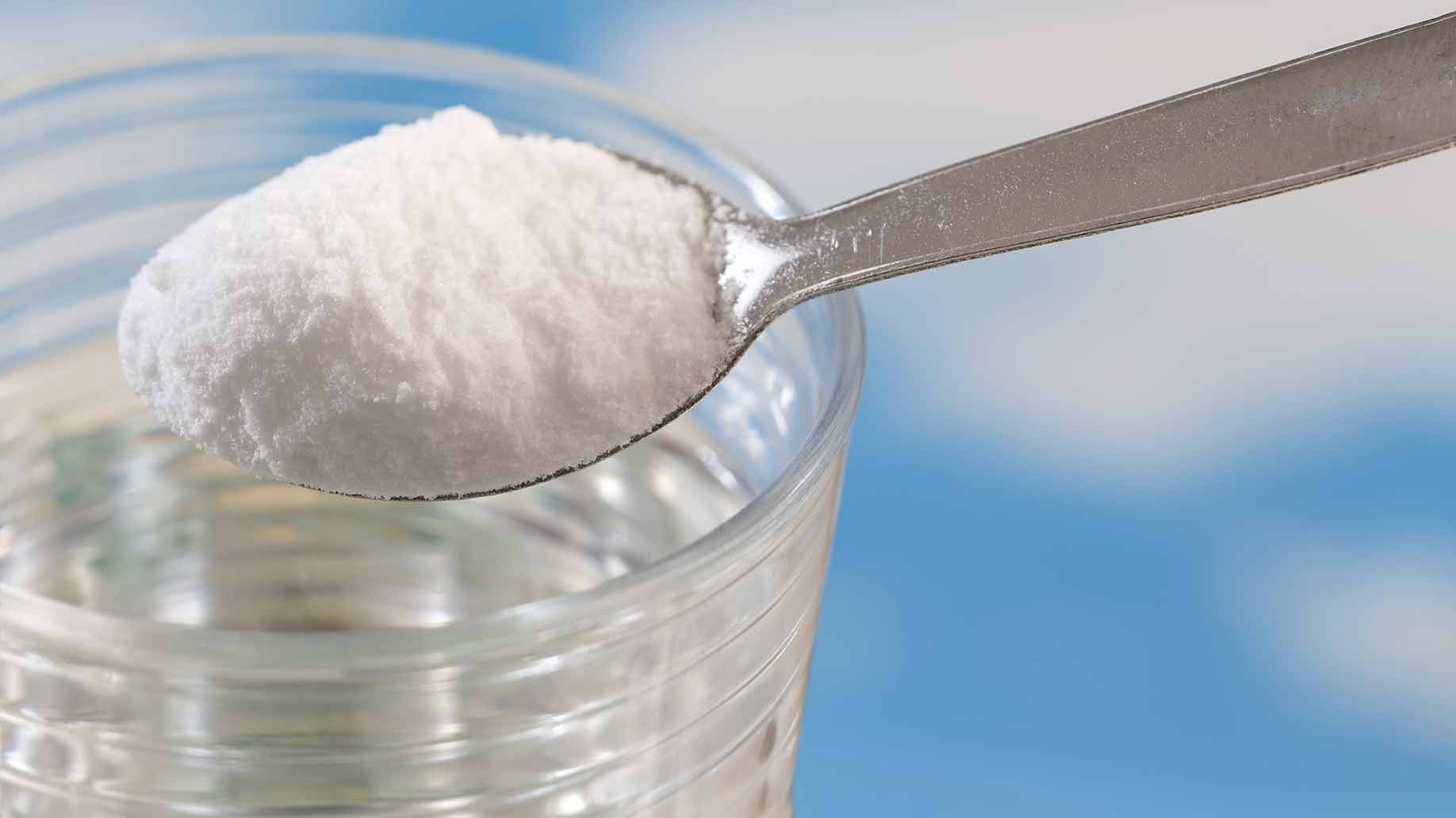This gives polymer concrete enhanced properties compared to conventional concrete. Polymer concrete is gaining popularity for its versatility and durability. This article explores the properties, uses and future potential of this sustainable construction material.
Composition and properties
Polymer concrete is made by mixing aggregate material such as stone, gravel or sand and a polymeric binder. Common binders used include epoxy, polyester, vinyl ester and acrylic. The binder acts as an adhesive that binds the aggregate together. This binding is stronger than in conventional concrete due to the polymeric material. Some key properties of polymer concrete include:
– High strength and resistance to impact and abrasion
– Low permeability – does not allow water or chemicals to pass through
– Resistance to corrosion, cracking and wear
– Temperature resistance – can withstand very high and low temperatures
– Lightweight yet durable
– Easy to cast and mold into complex shapes
– Long service life with minimal maintenance
These enhanced properties make polymer concrete a preferred material for applications requiring durability, strength and resistance to corrosion and chemicals. The binder also allows polymer concrete to be easily cast and molded as per requirements.
Uses of polymer concrete
Due to its enhanced strength and durability properties, polymer concrete finds application in areas where conventional concrete cannot be used. Some major uses of polymer concrete include:
– Wastewater and sewage treatment plants: Used for floors, walls, tanks and pipe linings that are exposed to corrosive chemicals and waste. polymer concrete provides durability and chemical resistance.
– Marine environments: Used for dock surfaces, pilings and underwater structures. Its corrosion resistance and impermeability makes it suitable for marine environments.
– Flooring: Used for industrial flooring in factories, warehouses, garages etc. Provides impact resistance, chemical resistance and ease of cleaning. Popular for pharmaceutical, food processing plants.
– Tanks and containers: Used to manufacture tanks, pipes, manholes and other precast products for storage and transport of chemicals.
– Decorative applications: Used for statues, ornamental pieces, arches etc due to easy molding and availability in colorful options.
– Infrastructure: Used for bridge decks, parking garages, truck weighing stations due to high load bearing capacity and durability.
With continuous research and development, polymer concrete is also being used for 3D printing of construction components and precast products with complex geometries. Its versatile properties allow its use across several applications compared to traditional concrete.
Advantages over conventional concrete
There are clear advantages of polymer concrete over conventional concrete which have made it a popular alternative in recent years:
– Superior mechanical properties: Polymer Concrete offers higher strength, resistance to wear and corrosion compared to cement concrete. This reduces maintenance costs.
– Chemical resistance: The polymeric binder makes polymer concrete highly resistant to a wide variety of chemicals, alkalis and acids. It does not corrode or crack due to chemical exposure.
– Impermeability: Polymer concrete is non-porous and completely impermeable to water and liquids. This prevents seepage, cracks and corrosion related damage.
– Lightweight: Despite high strength, polymer concrete is lightweight compared to cement concrete. This reduces transportation and construction costs.
– Crack resistance: Cracks cannot propagate easily in the strong polymer matrix. Polymer concrete structures last longer without repair works.
– Easy fabrication: The binder allows polymer concrete to be easily molded, cast, machined or sprayed into complex shapes and geometries on site as per the structure requirements.
– Longevity: With negligible permeability and corrosion, polymer concrete structures can last over 50-100 years with very low maintenance needs over the lifetime.
The additional engineering properties compared to traditional concrete have led to much higher lifespan of polymer concrete applications with reduced total cost of ownership.
Sustainability perspective
From an environmental perspective, polymer concrete compares favorably against cement concrete in terms of embodied carbon footprint and recyclability:
– Lower embodied carbon: The polymeric binder requires lower energy for processing compared to energy intensive cement production. This reduces the overall carbon footprint.
– Recyclable: At end-of-life, polymer concrete can be recycled by separating aggregate and reusing it. The aggregate can also be used as base for new polymer concrete instead of virgin aggregate.
– Waste reduction: Polymer concrete molds can be reused multiple times, reducing construction waste. It also prevents wastage from early degradation reducing environmental impact.
– Sustainable structures: High durability and lifespan of over 50 years means sustained performance with lesser need for replacement, repair and demolition waste over time.
As sustainability becomes an important metric in construction, polymer concrete provides advantages in achieving circular economy principles through its recyclability and longevity as a construction material.
Future of polymer concrete
With increasing research worldwide, polymer concrete is emerging as a viable alternative to traditional concrete due to superior engineering properties. Some future developments and applications include:
– 3D printing technology: Large scale 3D printing usage can revolutionize on-site production of polymer concrete into complex precast components with minimal material wastage.
– Marine infrastructure: Growing demand from ports, bridges and offshore structures will boost use of polymer concrete for its high durability in marine environments.
– Composite materials: Adding glass or carbon fibers to the polymer matrix can further enhance strength and stiffness for more durable applications.
– Green polymer binders: Ongoing innovation towards developing bio-based polymer binders from agricultural waste will make polymer concrete a sustainable construction material.
– Developing economies: Availability at competitive costs will drive usage of polymer concrete for infrastructure building in countries in Asia and Africa with growing construction demands.
With more research optimizing processing techniques and exploring new applications, polymer concrete has the potential to become a mainstream construction material replacing traditional concrete in the upcoming decades. Advanced polymer concrete applications will build sustainable infrastructure with longer service lifespan.
Note:
1. Source: Coherent Market Insights, Public sources, Desk research
2. We have leveraged AI tools to mine information and compile it



